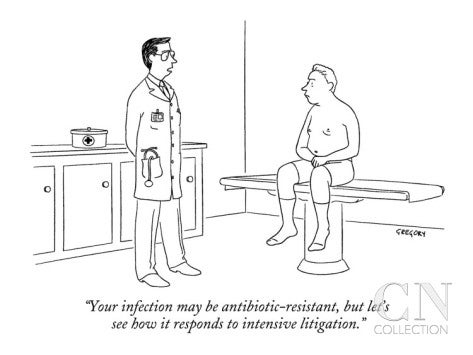
On a recent PBS Frontline investigating the “Trouble with Chicken,” food safety expert Caroline Smith Dewaal of the Center for Science in the Public Interest explained that “the strains of salmonella that are showing up on … chicken aren’t the ones our grandmothers knew about, they are tougher, stronger and many of them are antibiotic resistant.” The hour long investigation reported on the frightening reality of the threat strains of salmonella pose to human health and emphasized – over and over, and over, again – the tremendous weakness in the regulatory infrastructure charged with keeping American consumers safe.
Salmonella poisoning may be the largest culprit of food borne illness, but it is hardly alone. In fact, it is followed by a long of list of bugs sickening 1 in 6 Americans each year. Until (as I blogged about here), proper systemic preventive controls keep dangerous pathogens out of our food supply, individual consumers must be part of the prevention process. Here in the District of Columbia, the warm weather is upon us, and so it is time for a short refresher on preventing foodborne illness at home.
Below is a brief summary of the some of the most important tips for safe summer eating. For more, Foodsafety.gov provides an excellent, concise source of information for safe food handling.
First and foremost, all food items can carry a risk of foodborne illness (even the least obvious, remember the deadly peanut butter outbreak?). Still, it’s important to understand that all risks are not created equal. Meat and poultry, all kinds of produce, and prepared foods in need of refrigeration generally carry the greatest risk of harboring a pathogen. Luckily the consumer has considerable control in mitigating if not eliminating the risk posed by these items.
Meat (meat, poultry, fish)
- Bottom line- Don’t let raw meat touch anything else. Don’t put raw meat on top of other foods in your grocery cart, don’t put packages of raw meat directly on the shelf in your refrigerator, don’t prepare raw meat next to other foods items on your countertop, don’t touch raw meat and then grab the salt shaker to season it without washing your hands, don’t use the same fork to take cooked meat off the grill as you used to put it on, don’t use the same sponge that you used to wash dishes holding raw meat on other dishes or on your countertop until you disinfect it. Before you begin to cook raw meat, think it through!
- Do NOT rinse meat before preparing. Studies show this just increases the likelihood of cross-contamination.
- Use a disinfectant solution to clean everything that comes in contact with raw meat.
- Microwave your sponges to kill germs.
- Always use a meat thermometer to make sure cooked meat reaches the right temperature.
Produce (all types of fruits and vegetables, organic and conventional)
- Wash everything immediately before eating. Note, you still need to wash produce that has a skin or rind, i.e., apples, bananas, cantaloupes. If there is a pathogen on the skin, you may pass it on to the meat of the fruit when you slice through.
Prepared Food Items in Need of Refrigeration
- Keep your food cold. Put cooked food into the refrigerator within 1-2 hours.
- When in doubt, throw it out. Don’t rely on your nose to decide if food is edible. If it has been left out of the refrigerator for too long, or is old, throw it out. Unsure how long to keep a particular food item? Download the excellent USDA FoodKeeper App.
And, WASH YOUR HANDS. Often. For twenty seconds with hot soap and water. Dry them on a clean towel.
If you have a few minutes, check out Recipes for Disaster, can’t miss food safety shorts your tax dollars provided:
https://youtu.be/_WFHAZa4PMg
https://youtu.be/2tst5kGOhrw



